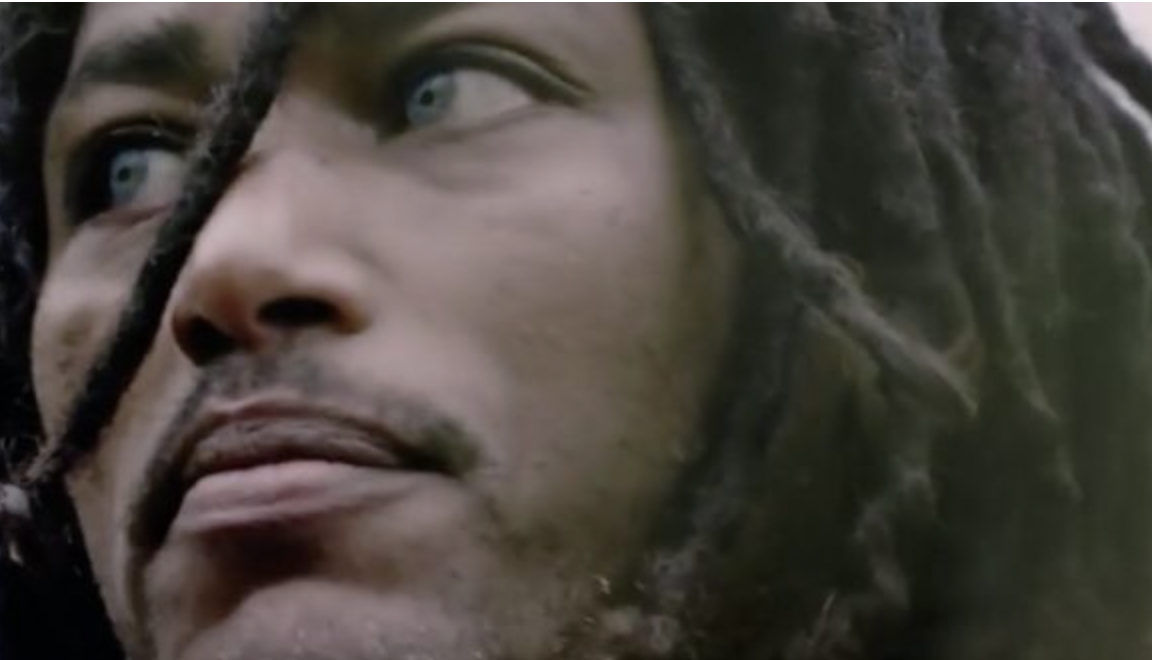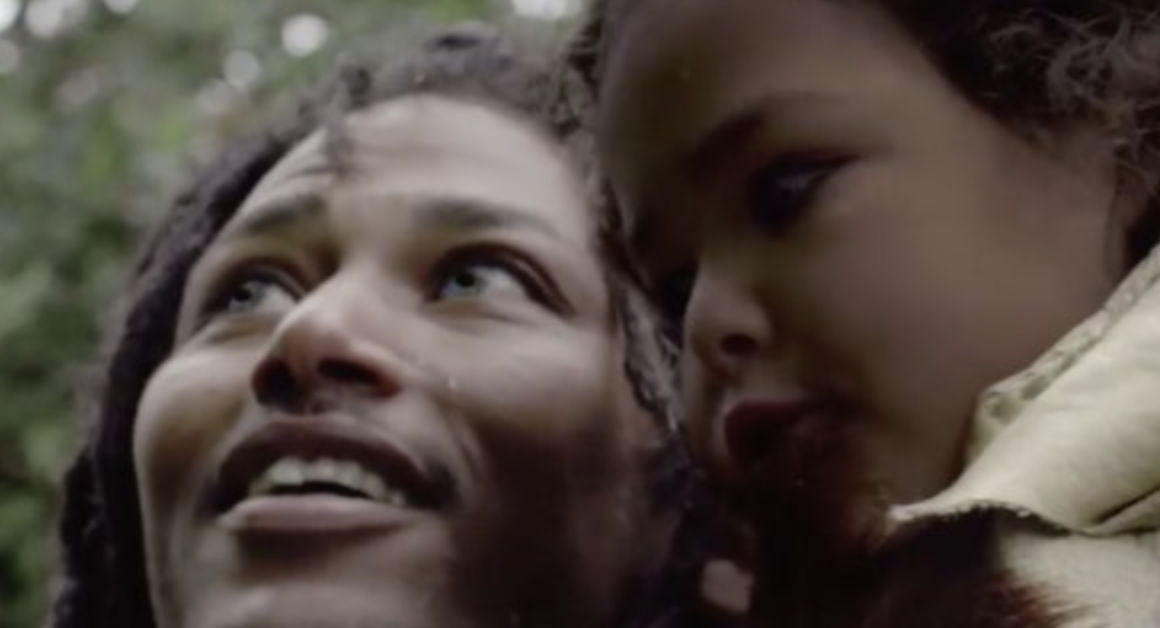WHO KNEW? Researchers Say Prehistoric Irish People Were Black With Blue Eyes
They reportedly inhabited the island for almost 4,000 years.


Photo Courtesy Of RTE
Researchers have said that prehistoric Irish people were Black with blue eyes.
According to The Irish Times, the researchers revealed their findings in a documentary titled Burren: Heart of Stone on one of the European nation’s public TV channels, RTÉ.
In the documentary, they noted that the early dark-skinned inhabitants of Ireland reportedly lived on the island for nearly 4,000 years before being replaced by settled farmers. They were also a hunter-gather population, as they gathered shellfish along the coast of the Burren and then moved inland to hunt wild boar and pick hazelnuts.
Their complexion and bright blue eyes made for a very striking combination that has been considered rare in today’s world.


“We know now from ancient genomes that farming was accompanied by a whole group of people moving into the continent from the region now known as modern Turkey,” said Trinity College Dublin geneticist Dr. Lara Cassidy.
According to scientists, the farmers who migrated to Ireland arrived 6,000 years ago during what is believed to be the Neolithic era. They reportedly had lighter skin and brought new things to the island, including cattle, sheep and goats, pottery, and new housing structures.
Cassidy added that their arrival may have been violent, as their presence could’ve driven the original inhabitants out.
“There could have been violence. This would have been quite a dramatic colonization event,” she said.
Environmental biologist Carl Wright noted that the farmers relentlessly cleared Ireland’s forests until there was barely any of the original forest left.
“They overgrazed the Burren during the climatic downturn of 3,000 years ago – this led to an environmental disaster on a colossal scale, because over a very short space of time we have massive soil erosion which pretty much left us with the landscape that we have at the end of the last ice age. Literally just bare rock, the soil was washed away,” he said.
They also reportedly built dolmens–gigantic structures made of stone–which populated the area. The farmers were able to do so by whacking trees down with polished stone axes to make way for open land.
The last wave of early settlers that came to Ireland reportedly arrived at the very end of migration in Russia’s Steppe region into western Europe.
“Only at that point do we see the establishment of the modern Irish gene pool as we know it today,” Cassidy said.